Ringworm is a common fungal disease in mammals that can cause discomfort and irritation in cats. You can determine if your cat has ringworm by going to a veterinarian and having them complete a physical exam and any testing needed. Treating ringworm often consists of a mixture of topical treatment and oral medications.
It’s important to follow through with the treatment to ensure that your cat is completely cured. If you end the treatment earlier than the prescribed duration, your cat may start showing signs of ringworm again. Ringworm is highly infectious and should be treated thoroughly to prevent infecting other pets and people. Here are some tips and tricks for treating a cat with ringworm and helping them recover.

The 6 Tips For Treating Ringworm in Cats
1. Topical Treatment
Veterinarians commonly prescribe a topical treatment for ringworm. The treatments can be creams, ointments, or medicated shampoos. Depending on the severity of the infection, topical treatments are typically used for several weeks to several months. Make sure always to wash your hands and disinfect any surfaces your cat has touched after you’ve applied the topical treatment.
Some cats benefit from being shaved if they have only one or two affected areas. This can help the ointment get absorbed more effectively. Remember only to shave your cat after you’ve received clearance from your veterinarian.
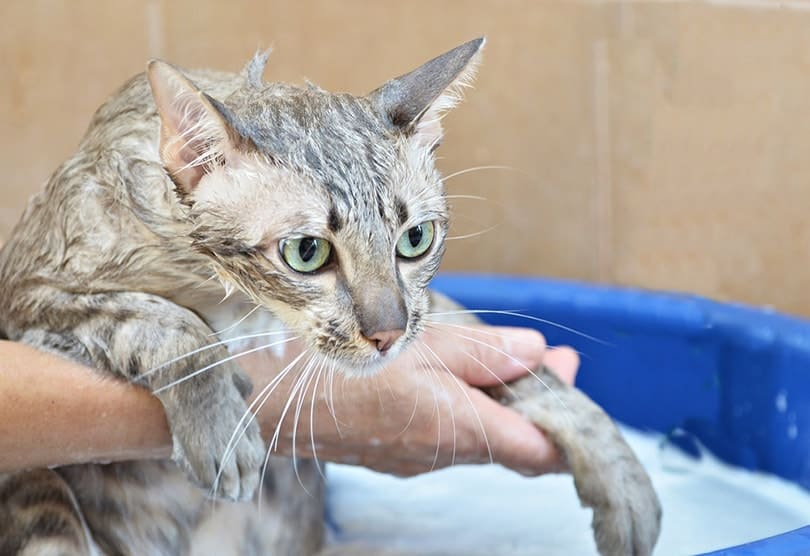
2. Oral Treatment
Cats will also require oral antifungal medication. It’s essential to monitor your cat’s condition after they have taken the medication. If you notice adverse side effects, notify your veterinarian right away.
Cats typically need to take oral medication for at least 6 weeks. The treatment can exceed this amount of time since some cats respond to medication differently.
3. Clean Your Living Space
Since ringworm spreads through fungal spores, it’s important to clean up your living space while your cat receives treatment. Cats can remain infectious for about 3 weeks after the start of treatment. It’s best to complete one deep cleaning and maintain cleaning regularly throughout the treatment course. Ask your veterinarian which disinfectant protocol and product to use.
Fungal spores can spread with cat hair, so cleaning up and vacuuming hairs on your floors and furniture is crucial. After you vacuum, use a disinfectant to kill the live spores.

4. Quarantine Your Cat
Ringworms can be transferred from cats to humans and vice versa. So, you may need to quarantine your cat if they are a heavy shedder or if you live with young children or immunocompromised individuals. Having a designated room for your cat while they receive treatment can help prevent the spread of the disease.
It’s best if the room isn’t carpeted and doesn’t have upholstered furniture. Ensure your cat has everything they need in the room, including toys, a litter box, and plenty of hiding spaces.
5. Stay in Touch with Your Veterinarian
Since the treatment for ringworm varies from cat to cat, stay in touch with your veterinarian to ensure that your cat is recovering. Taking pictures of the affected areas to track the recovery or see if the signs have worsened can be helpful.
If you have pet insurance, check if your provider has a pet telehealth line. Some pet insurance companies offer this service, which can reassure you between visits to your veterinary care clinic.
If you need to speak with a vet but can't get to one, head over to PangoVet. It's an online service where you can talk to a vet online and get the advice you need for your pet — all at an affordable price!
6. Work with a Professional Groomer
Some topical treatments require bathing or shaving. If you’re having trouble bathing your cat with medicated shampoo, you can try enlisting the help of a professional groomer who has experience working with resistant cats.
Remember that groomers may not allow infected cats in their facilities due to health and safety concerns. However, some may do house visits or have a mobile grooming station.

Signs of Ringworm
Cats can exhibit several signs of ringworm. The most common sign is circular areas of hair loss with scaling or crusty skin. Your cat’s coat may be brittle, stubbly, and discolored in affected areas.
Your cat’s skin may also be inflamed, and you might see increased dandruff. Cats can also self-groom and lick affected areas excessively. Due to the itchiness, they may scratch themselves more. It’s best to check your cat’s claws and nail beds because they can also get infected.

Conclusion
If you suspect a case of ringworm, take your cat to your veterinarian as soon as possible so that you can start treatment immediately and help your cat fully recover. Ringworm can be a frustrating experience, and the treatment requires consistency and vigilance. It’s best to follow through and complete the treatment correctly the first time so it doesn’t reappear.
- Related Read: Is It Possible to Transmit Ringworm from Cats to Humans?
Featured Image Credit: Pixel-Shot, Shutterstock
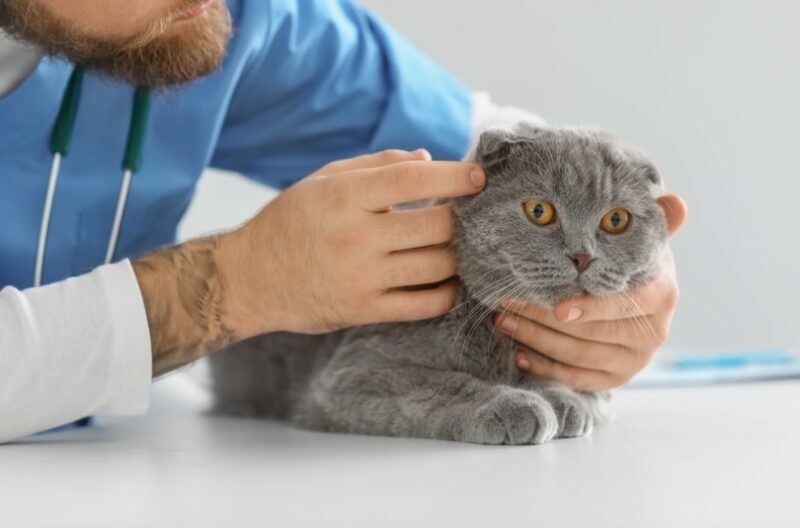


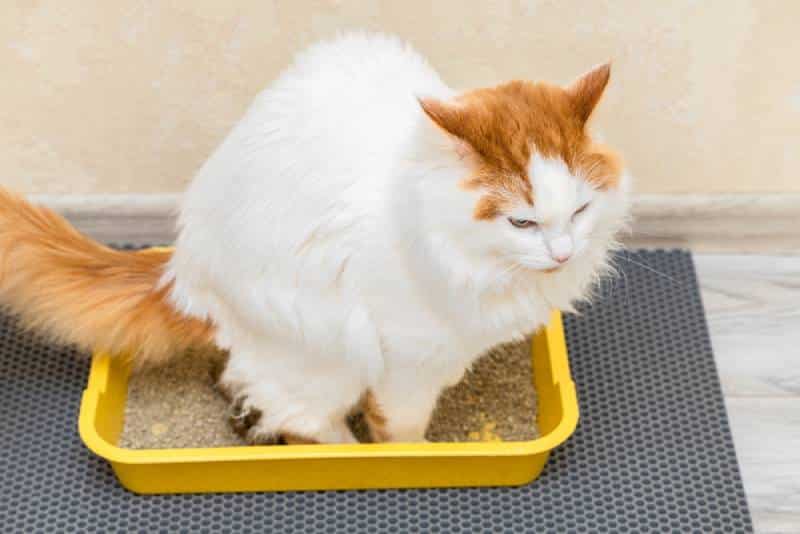








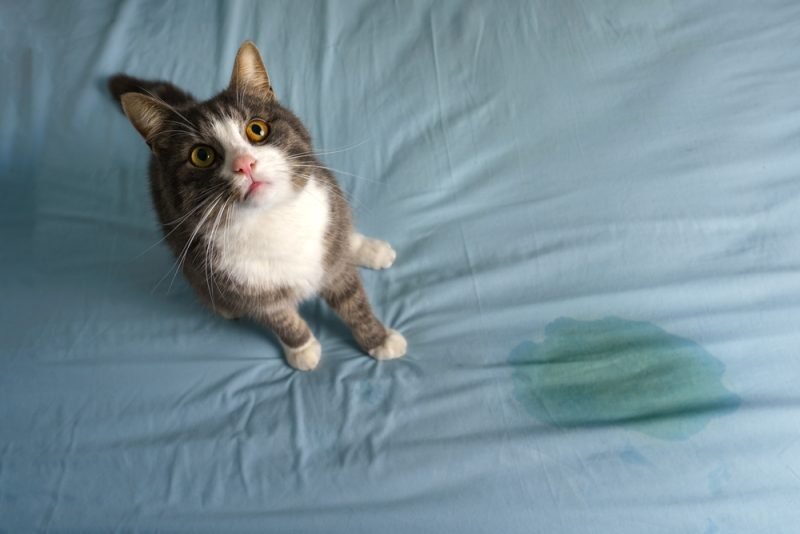
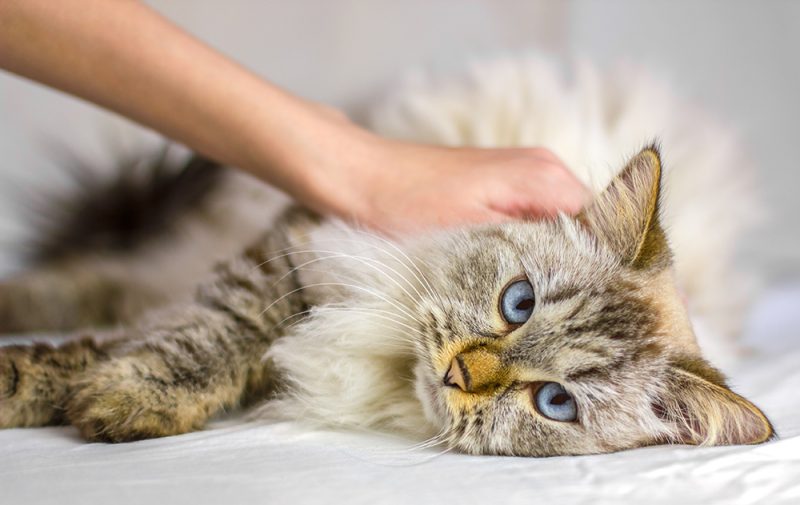





4 Responses
My cat got over a severe case of ringworm in January, she's a Mainecoon so she had to be completely shaved and had twice weekly sulfur dips by a groomer. Today I found s small spot on her side that looks like ringworm so I took her to the vet and she is doing a PCR test. I won't get the results for a couple of days, but was wondering if there is any ointment I can put on that spot to treat it until we have the test results? This has been such a nightmare.
Hi Susan M S, sorry to hear about your cat. Fungal infections are persistent, and treatments need to be extended. However, there is a possibility that what you are dealing with is something different, in which case a fungal treatment won't help. Your vet taking a sample for PCR is the right approach. Just be patient, once your vet has the results, she will advise you on the best treatment. In the meantime, you might want to take a look at: https://www.catster.com/cat-health-care/health-benefits-of-coconut-oil-for-cats/
This could be an option, good luck!
My cat has ringworm. I am actively disinfecting everything in my house. I read sheets would need to be washed every two days. How long would that have to be done? Through the treatment of the cat? Or just through the first part of the cats treatment?
Nancy you are correct. You should continue disinfecting and washing bedding and fabrics regularly throughout the treatment of the cat and two weeks after infection is cleared. If you have any other questions about this fungus, feel free to ask the vets at www.pangovet.com.